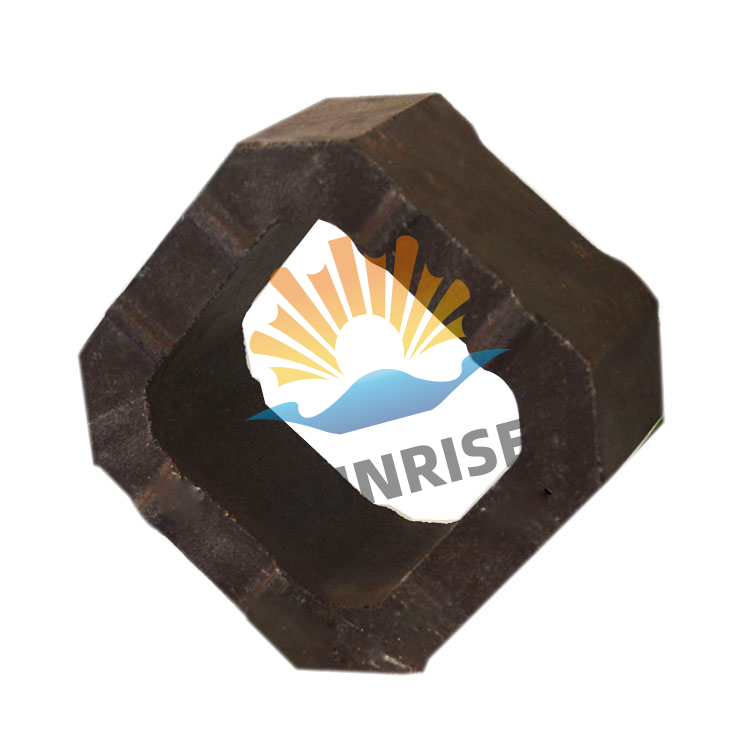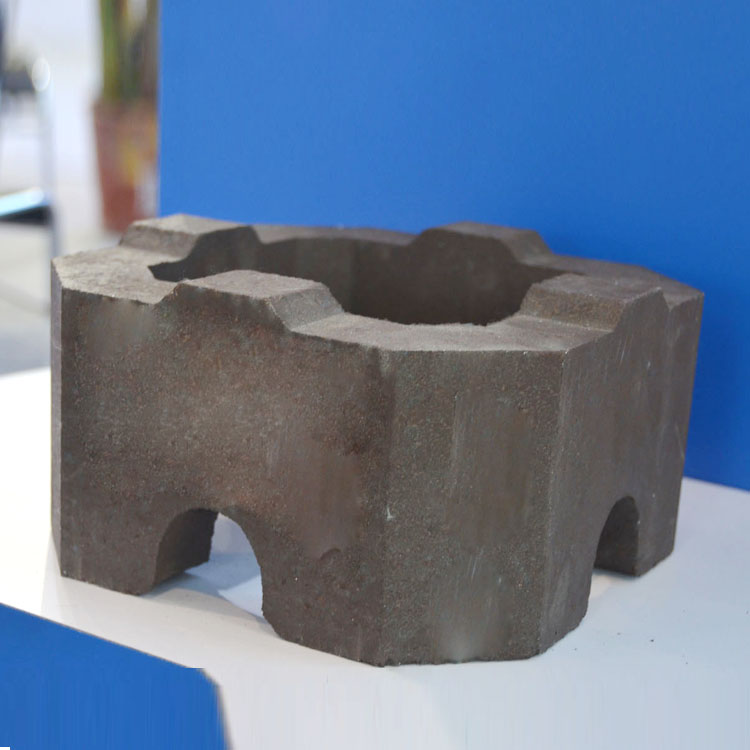The global refractory materials market has witnessed significant growth in recent years, driven by the expansion of industries such as steel, cement, and glass. According to market research, the market size is expected to reach $XX billion by 2025, with a compound annual growth rate (CAGR) of XX%. As industries demand higher performance and longer service life from refractory materials, the need for advanced products like directly bonded magnesia-chrome bricks has become increasingly prominent.
Traditional magnesia-chrome bricks, such as non-fired magnesia-chrome bricks, have been widely used in the past. The production process of non-fired magnesia-chrome bricks typically involves mixing magnesia and chrome ore with a binder and then pressing them into shape. These bricks have certain advantages, such as relatively low production cost and good initial strength. However, they also have significant limitations. For example, their high-temperature resistance is limited, and they may experience significant shrinkage and loss of strength at high temperatures. In addition, the use of binders may introduce impurities, which can affect the performance of the bricks in some applications.
Directly bonded magnesia-chrome bricks offer superior performance compared to traditional magnesia-chrome bricks. They are produced through a high-temperature firing process, which results in a direct bond between the magnesia and chrome components. This direct bonding structure gives the bricks excellent high-temperature resistance, withstanding temperatures up to 1800°C. They also have high strength and good thermal shock resistance, which can effectively reduce the risk of cracking and spalling during use.
In the current market, industries such as steelmaking, non-ferrous metal smelting, and cement production require refractory materials that can operate under extreme conditions. Directly bonded magnesia-chrome bricks can meet these requirements, providing longer service life and reducing maintenance costs. For example, in a steelmaking furnace, directly bonded magnesia-chrome bricks can extend the lining life by up to XX% compared to traditional bricks, which significantly improves production efficiency and reduces production costs.
The emergence of directly bonded magnesia-chrome bricks has had a profound impact on the refractory materials industry. From a technical perspective, it has promoted the development of high-temperature firing technology and the improvement of material formulation. Manufacturers are now focusing on optimizing the production process to further enhance the performance of directly bonded magnesia-chrome bricks.
In terms of the market structure, directly bonded magnesia-chrome bricks have gradually replaced traditional magnesia-chrome bricks in high-end applications. The market share of directly bonded magnesia-chrome bricks has been increasing steadily, reaching XX% in the global refractory materials market in recent years. This trend is expected to continue as more industries recognize the advantages of directly bonded magnesia-chrome bricks.

Directly bonded magnesia-chrome bricks have been widely used in various industries around the world. In a large-scale cement plant in Europe, the use of directly bonded magnesia-chrome bricks in the kiln lining has significantly improved the stability of the production process. The customer reported a XX% reduction in downtime for lining maintenance, which has greatly increased the overall production capacity of the plant.
In the non-ferrous metal smelting industry, a company in Asia switched to directly bonded magnesia-chrome bricks for its smelting furnace lining. The customer was satisfied with the improved corrosion resistance and thermal shock resistance of the bricks, which led to a longer service life and lower production costs. These application cases and positive customer feedback demonstrate the reliability and effectiveness of directly bonded magnesia-chrome bricks.
Looking ahead, directly bonded magnesia-chrome bricks are expected to play an even more important role in the refractory materials market. With the continuous development of high-temperature industries, the demand for high-performance refractory materials will continue to grow. Directly bonded magnesia-chrome bricks, with their excellent performance, are well-positioned to meet this demand.
In addition, as environmental protection requirements become more stringent, manufacturers are also focusing on developing more environmentally friendly directly bonded magnesia-chrome bricks. These new products will not only maintain excellent performance but also reduce the environmental impact during production and use. Overall, directly bonded magnesia-chrome bricks are set to lead the market towards a future of high performance and high quality.

Are you looking for high-performance refractory materials to improve your production efficiency and reduce costs? Directly bonded magnesia-chrome bricks are the ideal choice. Contact us today to learn more about our products and how they can benefit your business!

